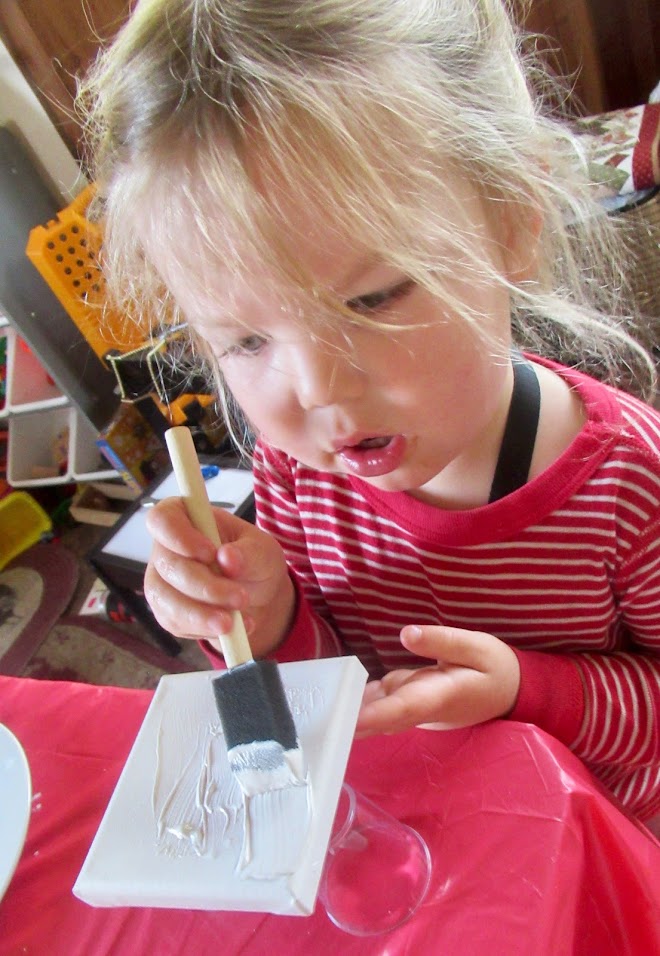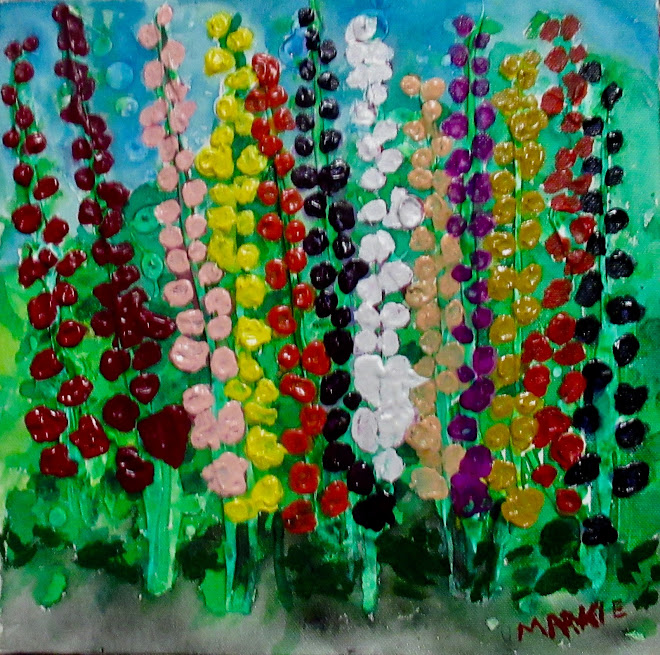I am doing the A-Z challenge, focusing on places or entities that can be found within Mendocino County. I do not intend to imply that the subjects of my writing are the most significant, only that they have personal relevance to me. Today’s letter is N for Nature Conservancy.
No Bells
When I think back to the times I have spent at the Nature Conservancy, I remember those occasions with a great fondness. The official name for this facility is Angelo Coast Range Reserve, and it is the site of much research and teaching. “Since the 1980’s, field research has been conducted at the Angelo Reserve by faculty and students from a number of institutions, including U.C. Berkeley and U.C. Davis, Humboldt State University, and the University of Utah, Logan. A number of agency researchers have monitored the Angelo Reserve to check on the status of endangered species (spotted owls, marbled murrelets). Field scientists from the UCGS have sampled bacteria and physico-chemical properties of Elder Creek to establish baseline standards of purity for natural waters.” *
However, my fond memories have nothing to do with research conducted here, and everything to do with groups of students that Paul and I brought out here for the purpose of building class unity and teamwork with our multi-graded classes, back in the early nineties. From Laytonville it is about a forty-minute bus ride out to the Nature Conservancy, and we used to work out a deal with the district bus drivers to take us out before the morning bus runs, so that we had a full day at the conservancy.
The year that stands out to me was one in which Paul and I (and Annie) went out to the conservancy the week before school opened, because we were preparing for sixth, seventh and eighth graders in the same classroom. The first thing we noticed was that there were apple trees in full harvest mode, with several being loaded to the top with perfectly ripe and ready apples. Because we were starting out in social studies with the early time period in United States history, and would be studying the Westward movement early on, we wanted to give the students the experience of investigating different ways to preserve food, without refrigeration. Apple were right on target, as we canned them, made apple sauce and canned it, made apple butter and canned it and made fruit leather.
We took kids to the river and calculated the rate of flow of the current; we hiked, we did journals, and we engaged the kids in team-building exercises, with the goal being to get them to think of their classmates as exactly that-classmates, as opposed to sixth, seventh and eighth graders.
This was back in an era when the Laytonville Unified School District applied for, and received a grant for restructuring the schools in our district. This was before George W. Bush’s inane attempt to inflict the STAR Testing on our state’s schools, an effort that has reduced education to a travesty of teaching to the test, and eliminating the Arts from the classroom.
We were gratified to see our concentrated efforts at student equality pay off later on during the year, as the eighth graders were much more receptive to the views of the sixth graders inside the classroom, and less likely to give them grief outside the classroom. There is no other place in our culture, where people are grouped by age level, and we wanted our students to blend together as equals, at least in the context of the middle school.
I remember one of the hardest parts of the conservancy field trips was the fact that we had to walk from the point where the buses dropped us off, to the point where the apple trees and the “kitchen” where we processed the apples, were located. But middle school kids need to be active, and we were able to get them to buy into the whole process by reminding them that we could be inside a classroom, waiting for a bell to ring, so that they could move to a different classroom. There were no bells out at the conservancy.















No comments:
Post a Comment